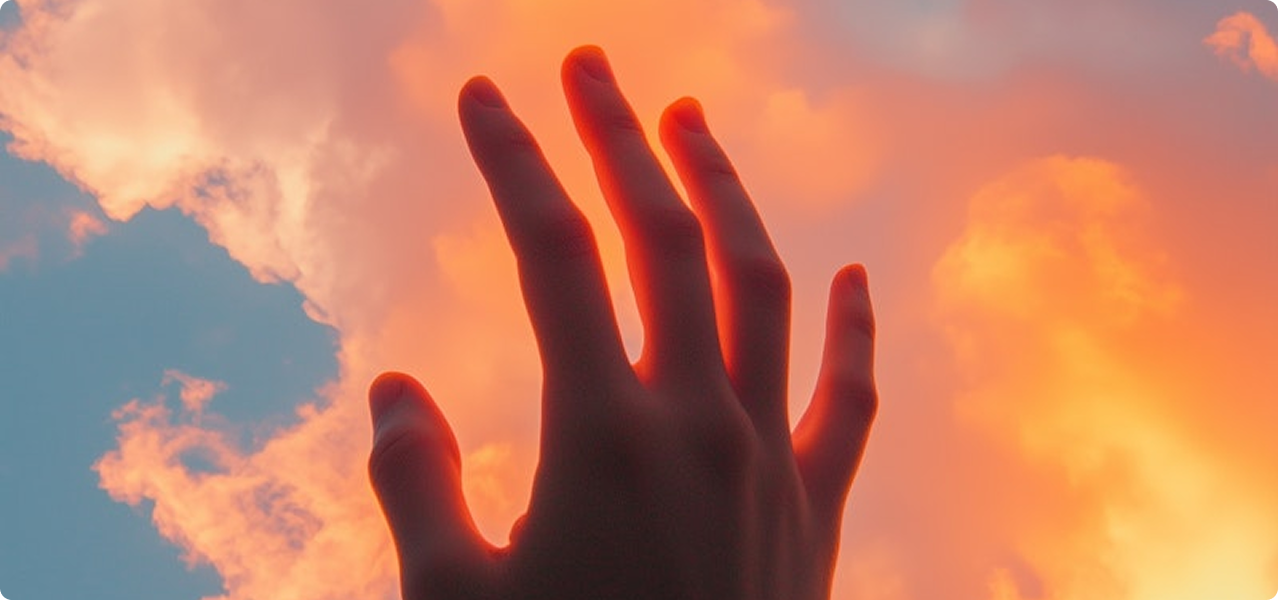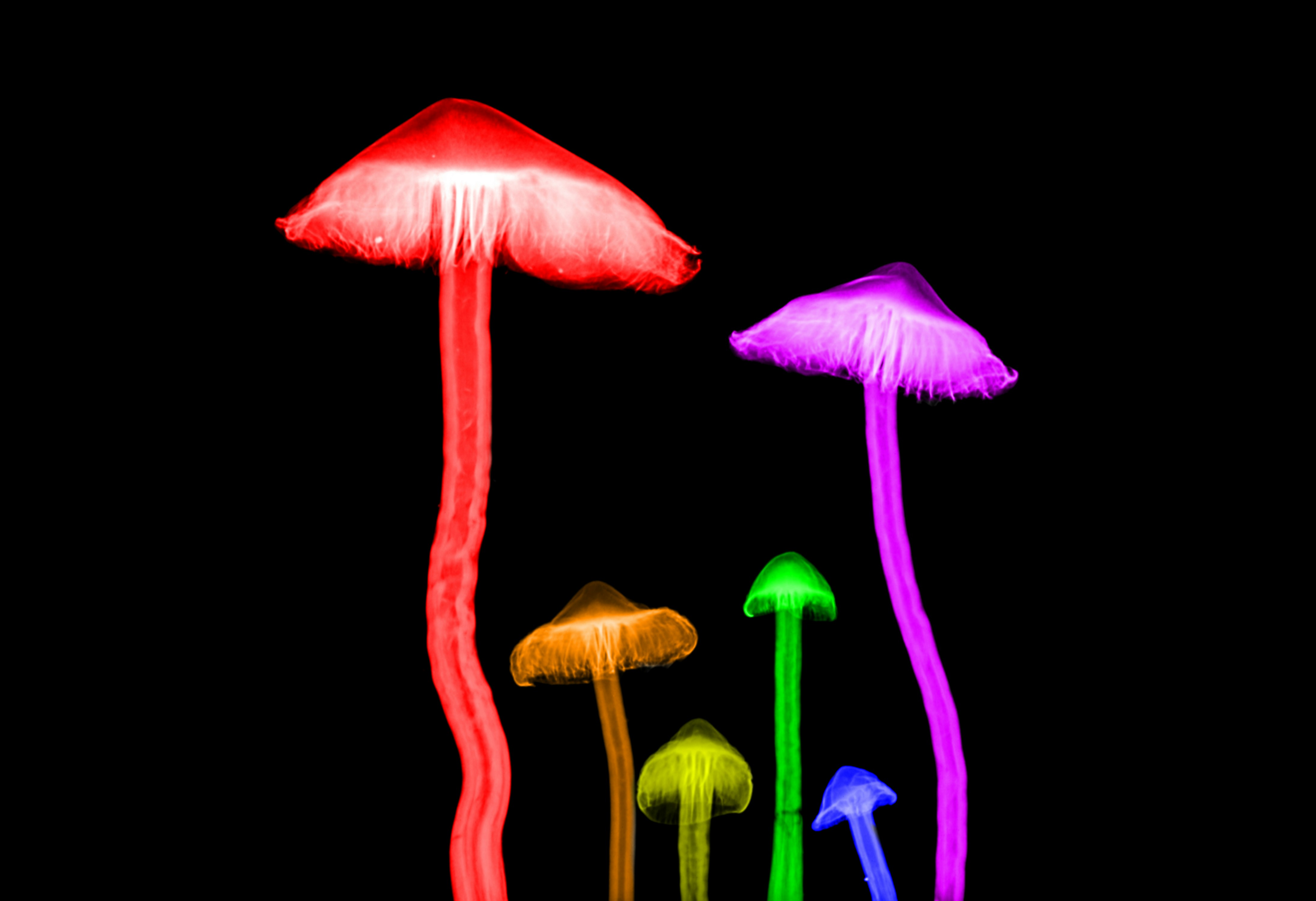Why People Turn to Microdosing
Across the creative industries and beyond, more people are experimenting with microdosing — taking very small, sub-perceptual amounts of psychedelics such as psilocybin truffles. The idea is simple: not to trip, but to sharpen focus, open imagination, and shift mental patterns.
Writers, designers, and entrepreneurs often describe it as a way to feel more fluid, less stuck, and more connected to their ideas. But does the science support these stories?

What Research Shows
The evidence is still young, but promising. Early studies suggest microdosing may increase cognitive flexibility, which is the ability to shift between different ideas and perspectives. This flexibility is a key ingredient in creativity. Some participants also report improvements in mood and focus, both of which can indirectly boost creative flow.
A large self-report study found that people who microdosed described themselves as more inspired and productive, although expectations and placebo effects may play a role. What is clear is that the interest is not just cultural hype — researchers are now studying microdosing in controlled settings to better understand its effects.
What Experience Adds
Science is catching up with what many practitioners have already noticed. In my work with professionals, I have seen how even small shifts in awareness can open new doors. Sometimes it is not about producing more ideas, but about noticing the patterns that hold us back, or seeing a familiar challenge from a new angle.
A Balanced View
Microdosing is not a magic bullet. It will not write the novel, design the campaign, or solve the strategy problem on its own. But it may help create the inner conditions where creativity flows more naturally. The combination of curiosity, self-awareness, and intention makes the difference.
Closing Reflection
Creativity thrives in environments where we feel open, safe, and willing to explore. Microdosing can be one tool among many to create those conditions. The science is still developing, but the experiences of many suggest there is real potential for growth.
For leaders and creatives alike, the question is less about the substance itself and more about how we create the mental and emotional space to see differently.
.png)
.png)




